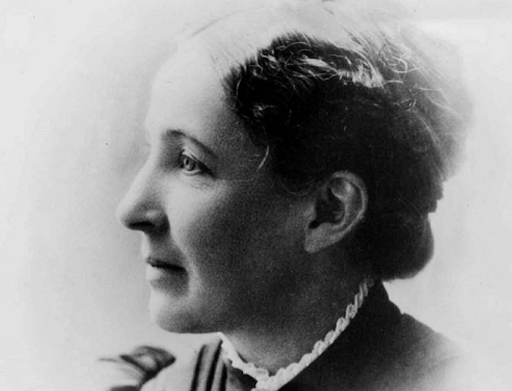People have been aware for decades of the harmful effects that some species of bacteria have had on human health. Today, it is not infrequent to hear someone’s concerns over getting food poisoning, strep throat or another bacterial infection.
Yet scientists have only recently begun to shed light on the importance of bacterial organisms to normal human physiology.
Perhaps it should come as no surprise that bacteria have such a dynamic role in human health given their abundance in our bodies. There are, in fact, more bacterial cells in our bodies than there are human cells.
These bacterial cells comprise the human gut microbiome. And in this microbiome, bacteria play a multifaceted role.
For instance, they provide over a tenth of our daily calories by breaking down indigestible food and also protect against other microscopic pathogens through a variety of different mechanisms.
These roles are only a few of the countless features that scientists are beginning to uncover about the human-bacterial symbiotic relationship.
On April 16, a new study by Eugene Chang, a doctor at the University of Chicago Medical Center, was published in the journal Cell Host & Microbe that brings new light to a role that bacteria may play in our day-to-day life.
This study provided evidence that the gut microbiome may be involved in controlling mammalian circadian rhythms, which include the physical, mental and behavioral changes that our bodies undergo in 24-hour cycles.
It has been known for some time that our circadian rhythms are regulated by circadian “clock genes,” which produce signals that generate responses throughout the body. However, that these genes might interact with our gut microbiome is a completely new concept.
Previous studies indicated that feeding patterns — as well as diet — have an impact on the types of bacteria found within mice and human guts. This led the researchers to inquire into whether this constantly changing microbiome would have a reciprocal effect on the expression of circadian clock genes in the body.
While investigating this idea, Chang’s research group was able to uncover some of the interesting effects that bacterial organisms have on rodent circadian rhythms. This study used two types of mice to accomplish this goal: germ-free mice and conventionally raised mice.
Germ-free mice contain no bacteria in their gut and are thus used for a comparison against conventionally raised mice to determine the effect that gut bacteria may have on a given physiological trait.
Also notable to their study were the diets that were fed to the mice. Within each group of mice, separate cohorts of animals were fed either a low-fat or high-fat diet to determine how diet influences both the gut microbiome and circadian factors.
The findings of the study were enlightening. The germ-free mice had significantly impaired circadian clock gene expression when fed either the low-fat or high-fat diets. This suggested that gut microbiota are needed for proper circadian regulation regardless of the type of food that is being ingested.
The importance of gut microorganisms was further confirmed by experimentation on conventionally raised mice. The group that was fed a low-fat diet had normal circadian function with corresponding fluctuations in the types of bacteria in their gut flora throughout the day.
In contrast, the conventionally raised mice that were fed a high-fat diet displayed circadian disruptions similar to the germ-free mice. Though this second group of animals did have fluctuations in their gut bacteria, the patterns observed by Chang’s team were significantly different than what was observed in mice that were fed a low-fat diet.
These results suggest that diet may play a significant role in not only the type of bacteria that are present in the guts of mice, but also the subsequent patterns of their circadian rhythms.
Interesting implications may come out of this research because it provides a strong argument for the gut microbiome leading to behavioral effects. A new hypothesis from Chang’s research group attempts to explain this relationship.
They indicate a belief that gut bacteria are able to sense what types of foods are eaten throughout the day and subsequently produce metabolic signals that play a role in the regulation of the organism’s circadian rhythm.
Further research needs to be undertaken to understand the specific ways in which the circadian rhythm and microbiome are interconnected and whether the same results hold true in humans.
However, this study was a significant step toward further uncovering the fascinating ways in which bacteria relate with us everyday.








